Portuguese Pointer
Perdigueiro Português
 akc
akc fci
fci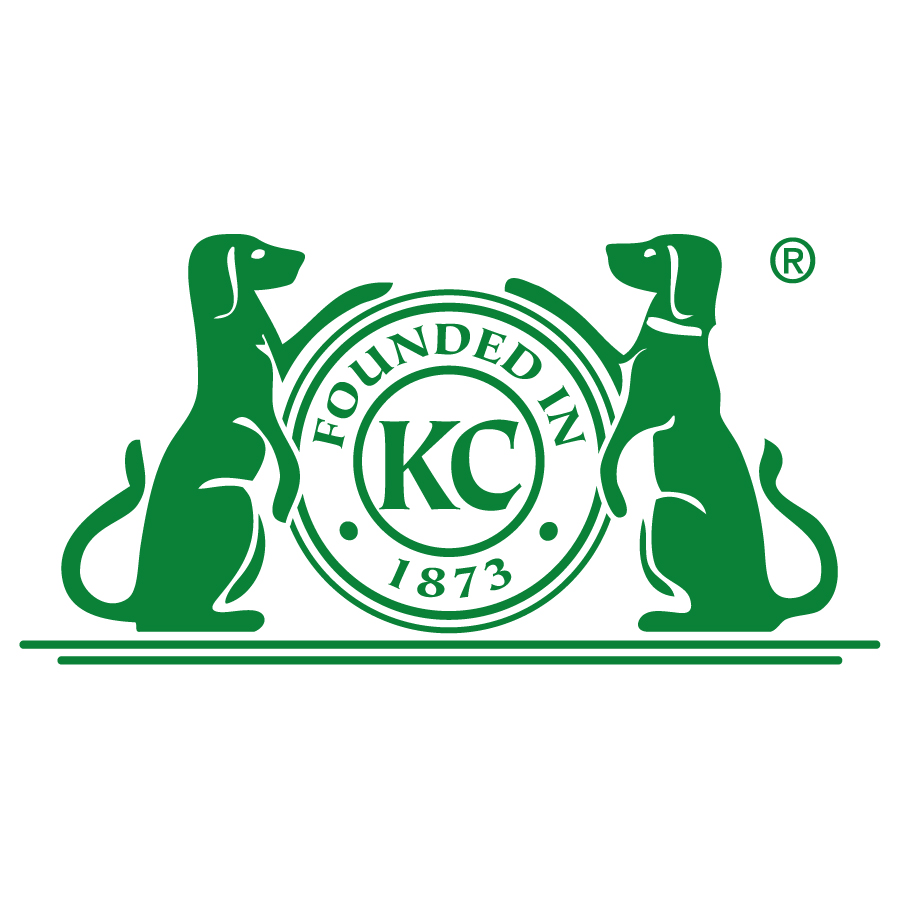 rkc
rkc ukc
ukc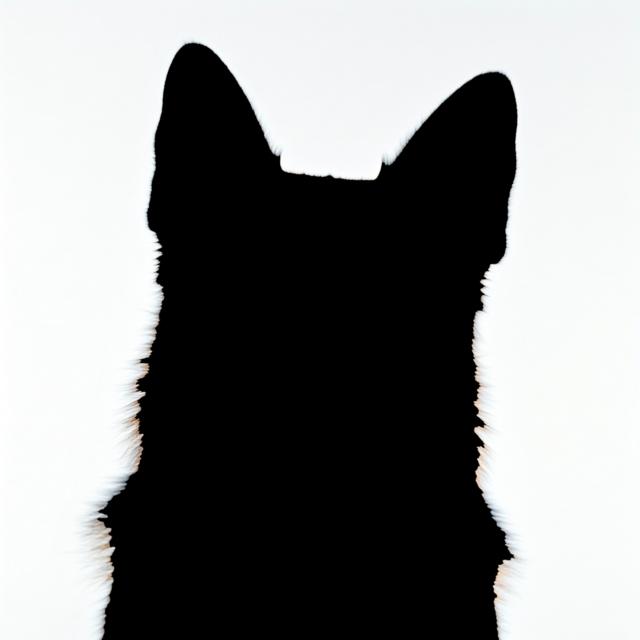
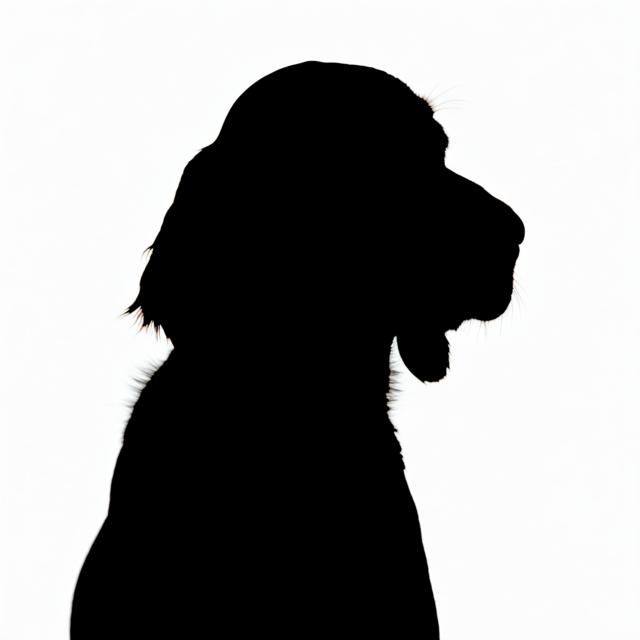
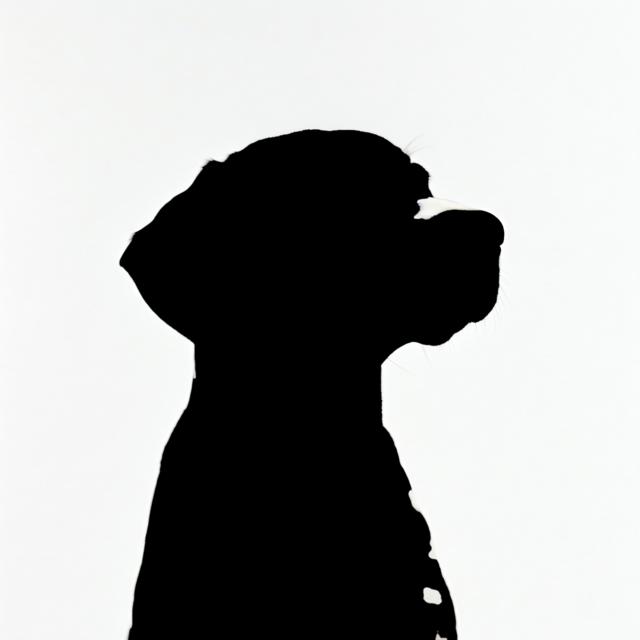
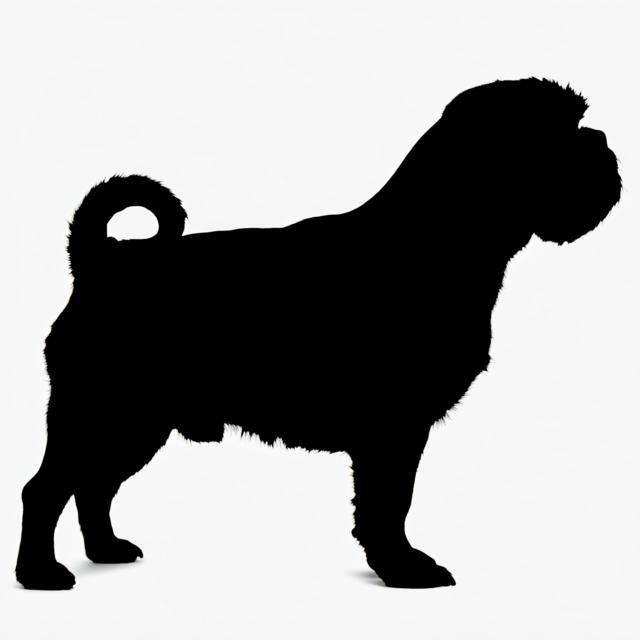
Summary
- The Portuguese Pointer is a versatile hunting breed from Portugal, known for its intelligence, loyalty, and gentle nature. They require significant exercise and thrive on human companionship, making them good family dogs with proper socialization.
Origin and Purpose
- Developed in Portugal as a versatile hunting dog, used for pointing, retrieving, and tracking.
- Likely descends from Iberian hunting dogs.
- Also used as a companion dog.
Appearance
Dimensions
| Gender | Height | Weight |
|---|---|---|
| Female | 20 to 23 inches (52-58 cm) | 35 to 55 pounds (16-25 kg) |
| Male | 22 to 24 inches (56-60 cm) | 44 to 66 pounds (20-30 kg) |
Coat
| Attribute | Notes |
|---|---|
| Color |
|
| Type |
|
| Length |
|
Care
| Attribute | Notes |
|---|---|
| Shedding |
|
| Grooming |
|
| Drooling |
|
Body
| Attribute | Notes |
|---|---|
| Head |
|
| Skull |
|
| Ears |
|
| Eyes |
|
| Nose |
|
| Muzzle |
|
| Teeth |
|
| Neck |
|
| Forequarters |
|
| Fore Legs |
|
| Hindquarters |
|
| Hind Legs |
|
| Feet |
|
| Tail |
|
| Gait |
|
Temperament
- Intelligent, loyal, and eager to please.
- Gentle and affectionate nature.
- Can be sensitive and needs positive training methods.
- Can be independent and sometimes stubborn, but also very devoted to their family.
Social
| Attribute | Notes |
|---|---|
| Affectionate with Family |
|
| Good with Children |
|
| Good with Dogs |
|
| Good with Cats |
|
| Openness to Strangers |
|
| Playfulness Level |
|
| Protective Nature |
|
| Adaptability Level |
|
Working Roles
- Hunting dog (pointing, retrieving, tracking).
- Companion dog.
Exercise Needs
- High; needs daily vigorous exercise, including running, walks, and playtime.
- Prefers large open areas to run, such as fields and large parks
Health
- Generally healthy breed; may be prone to hip dysplasia and some eye conditions.
Additional Notes
- Early socialization and training are important for this breed.
- They thrive on human companionship and don’t do well when left alone for long periods.